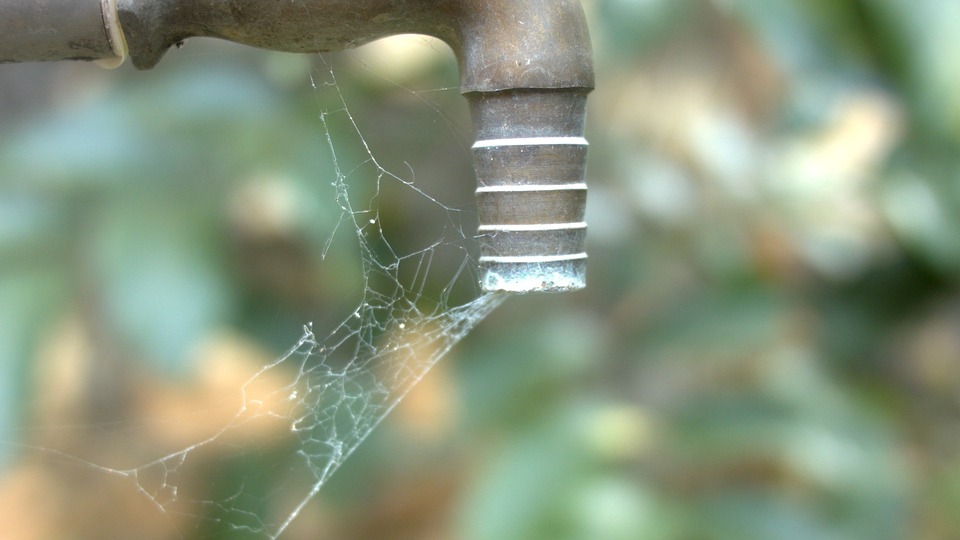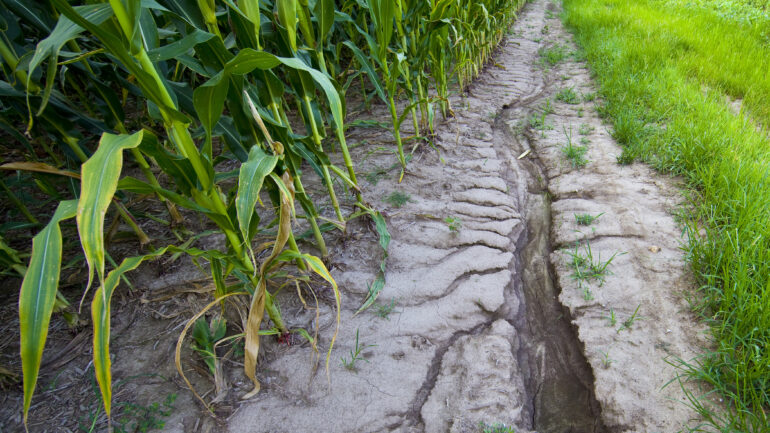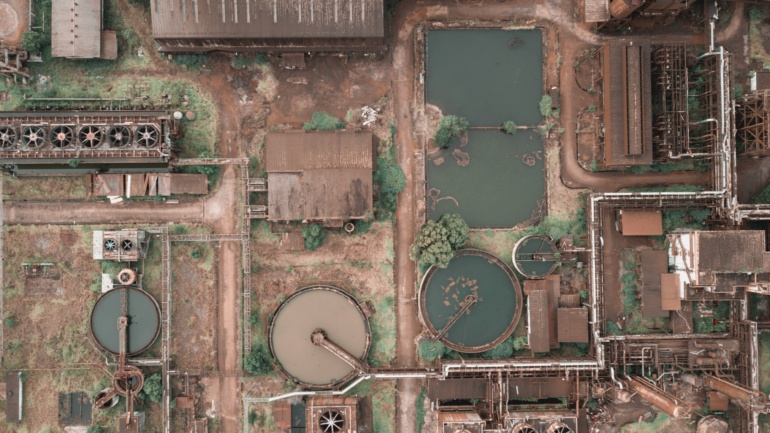By En Qi Teo, Staff Writer and Researcher for Save The Water™ | July 31, 2019
As the global demand for clean water continues to rise, so too does the interest in alternatives to conventional water conservation and purification. One method, NEWater, has already been put in place in Singapore for the past 17 years.
Singapore lacks natural fresh water resources due to its land scarcity. To fight the problem of water scarcity, in 1998, Singapore began the Water Reclamation Study.1 This project was meant to find whether purified recycled water, or NEWater, could be used to meet Singapore’s water needs.1 In 2002, Singapore set up two NEWater plants.1 Today, it supplies water to 40% of Singapore’s population.2
How is NEWater produced?
In each NEWater plant, water is treated in four stages. First, heavier solids in the collected wastewater settle in a process called primary sedimentation.3 These solids are then removed from the water. Second, the water is passed through a process called activated sludge. In this stage, air is pumped into the wastewater so micro-organisms can digest the organic matter. Third, pressure-driven membrane filtration removes all solid material. Finally, in the fourth stage, ultra-violet radiation removes any remaining microbiological impurities.
How does NEWater compare to other methods of purifying water?
Producing NEWater is both cheaper and more energy-efficient than desalination.4 This is because the wastewater being purified has less salt in it. Since treatment of the water costs less, Singapore aims to rely more on NEWater instead of alternative water sources or water treatment procedures.
Due to its need for an independent water supply, Singapore sets goals for NEWater production. While the targeted contribution of desalinated water to Singapore’s water supply will stay the same from now to 2060, the Singapore government aims for a 15 percent increase in NEWater’s contribution in the same period.
What are some problems with NEWater?
While NEWater recycles wastewater into potable water, there are a few issues. First, although it is cheaper than desalination, membrane technology is still expensive. Singapore’s newest NEWater plant cost roughly US$125 million to build.6 However, with improvements in technology, we may see cheaper systems in the future.
The more pressing issue is resistance towards NEWater. Some people are uncomfortable drinking treated sewage water, even though they understand that it is potable.7 NEWater is therefore largely used for industrial purposes. However, as desalination becomes less sustainable, NEWater will become necessary for water use in more areas, regardless of the way it is being used.
What else can be done?
NEWater has proven to be a reliable source of clean water. Using technology to recycle water is expensive, but encouraging people to conserve water does not cost anything. Therefore, apart from using technology to tap other water sources, Singapore’s government also encourages cutting back on water use. One such way is through changing public mindsets by holding water rationing exercises.8 These remind citizens of water scarcity and encourage them to use less water. In the long run, a combination of public-awareness initiatives and NEWater methods could shape the future of water consumption across the world.
- Anthony Bennett. March/April, 2011. “Potable water: New technology enables use of alternative water sources.” Filtration + Separation, 2(48), 24-27. https://www.sciencedirect.com/science/article/pii/S0015188211700829.
- Public Utilities Board. n.d. “NEWater.” Public Utilities Board. https://www.pub.gov.sg/watersupply/fournationaltaps/newater
- Olivier Lefebvre. April, 2018. “Beyond NEWater: An insight into Singapore’s water reuse prospects.” Current
Opinion in Environmental Science & Health, (2), 26-31. https://www.sciencedirect.com/science/article/pii/S2468584417300302.
- Cecilia Tortajada. January 22, 2007. “Water Management in Singapore.” International Journal of Water Resources Development. 2(22), 227-240. https://www.tandfonline.com/doi/abs/10.1080/07900620600691944
- Louisa Tang. July 4, 2018. “PUB aims to double water supply in 2060 without using more energy or producing more waste.” Today Online. https://www.todayonline.com/singapore/pub-aims-double-water-supply-2060-without-using-more-energy-producing-more-waste
- Samantha Boh. January 14, 2017. “$170m fifth Newater plant launched.” The Straits Times. https://www.straitstimes.com/singapore/environment/170m-fifth-newater-plant-launched
- Leong Ching. November 26, 2015. “A lived-experience investigation of narratives: recycled drinking water.” International Journal of Water Resources Development. https://iahr-tandfonline-com.libproxy1.nus.edu.sg/doi/full/10.1080/07900627.2015.1126235#.XTUpK-hKg2x
- Shabana Begum. March 2, 2019. “Families live on 5-litre water rations for 12 hours.” The Straits Times. https://www.straitstimes.com/singapore/families-live-on-five-litre-water-rations





